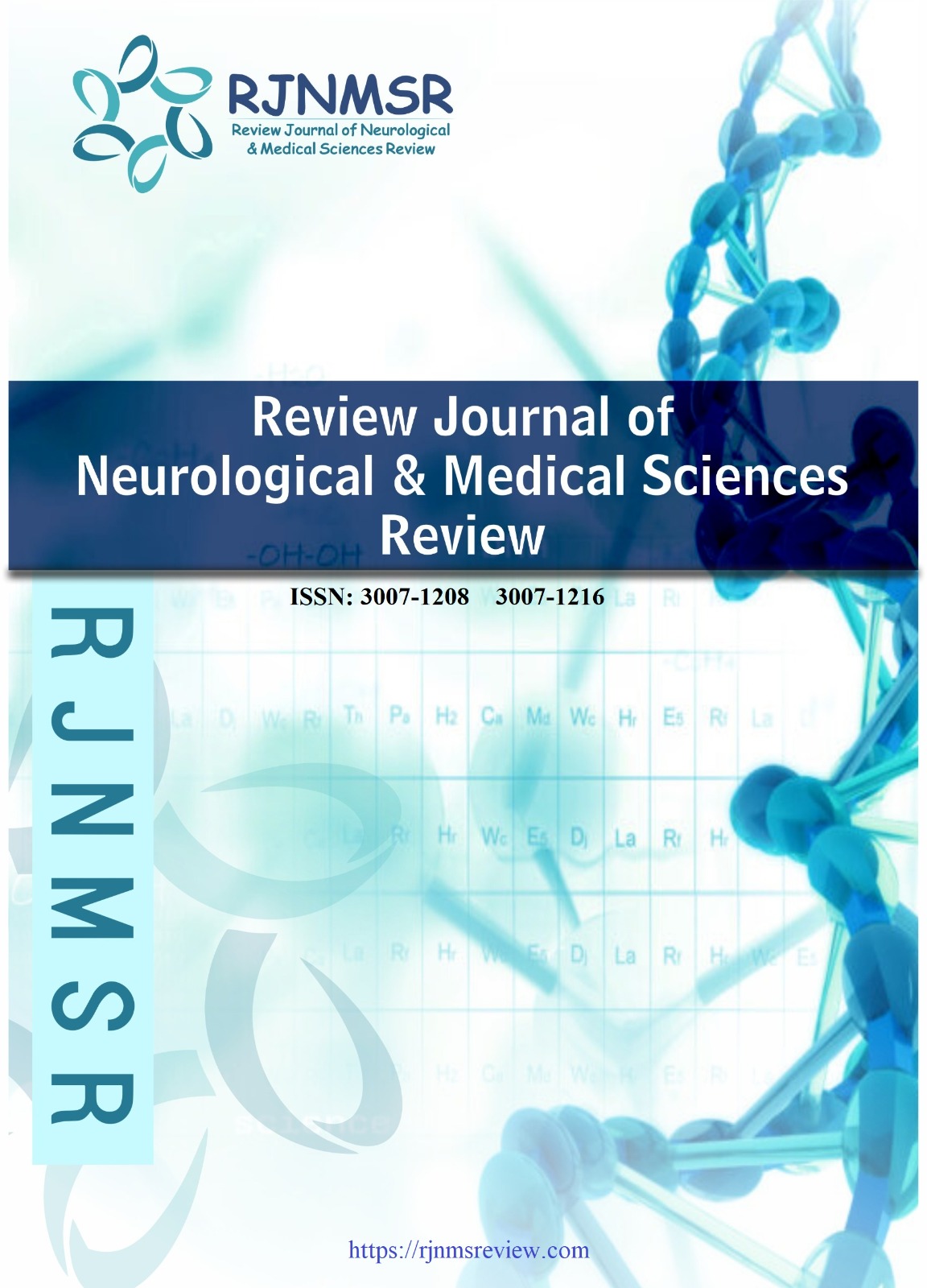THE ROLE AND EFFECTIVENESS OF ROBOT-ASSISTED GAIT TRAINING IN STROKE REHABILITATION: A SCOPING REVIEW
DOI:
https://doi.org/10.63075/b7w45z38Keywords:
ROLE AND EFFECTIVENESS OF ROBOT, ASSISTED GAIT TRAINING, STROKE REHABILITATION, A SCOPING REVIEWAbstract
Background: Stroke is a leading cause of long-term disability worldwide. Gait impairment is one of the most common functional limitations in post-stroke survivors. Robot-Assisted Gait Training (RAGT) has emerged as an innovative rehabilitation method that enhances task-specific training intensity and consistency. Objective: To map the existing literature on the use of Robot-Assisted Gait Training (RAGT) in stroke rehabilitation, focusing on its role and effectiveness in improving walking function, balance, and motor recovery. Methods: A scoping review was conducted using studies from electronic databases including PubMed and PEDro. 05 Articles were included as they involved stroke patients receiving RAGT and assessed outcomes related to gait, mobility, or functional improvement. Results: Evidence from five studies suggests that RAGT can improve balance, gait parameters, and ambulation in subacute and chronic stroke patients. However, variations in device types, session durations, and stroke stages present challenges in generalization. Major gaps include the absence of long-term follow-up, lack of cost-effectiveness data, insufficient subgroup analyses, and underrepresentation of large-scale RCTs. Conclusion: RAGT is a promising and evolving approach in post-stroke rehabilitation. Future studies should aim to explore long-term functional outcomes, optimize intervention protocols, and examine economic feasibility for large-scale clinical adoption.Downloads
Published
2025-07-22
Issue
Section
Articles
How to Cite
THE ROLE AND EFFECTIVENESS OF ROBOT-ASSISTED GAIT TRAINING IN STROKE REHABILITATION: A SCOPING REVIEW. (2025). Review Journal of Neurological & Medical Sciences Review, 3(3), 283-290. https://doi.org/10.63075/b7w45z38

